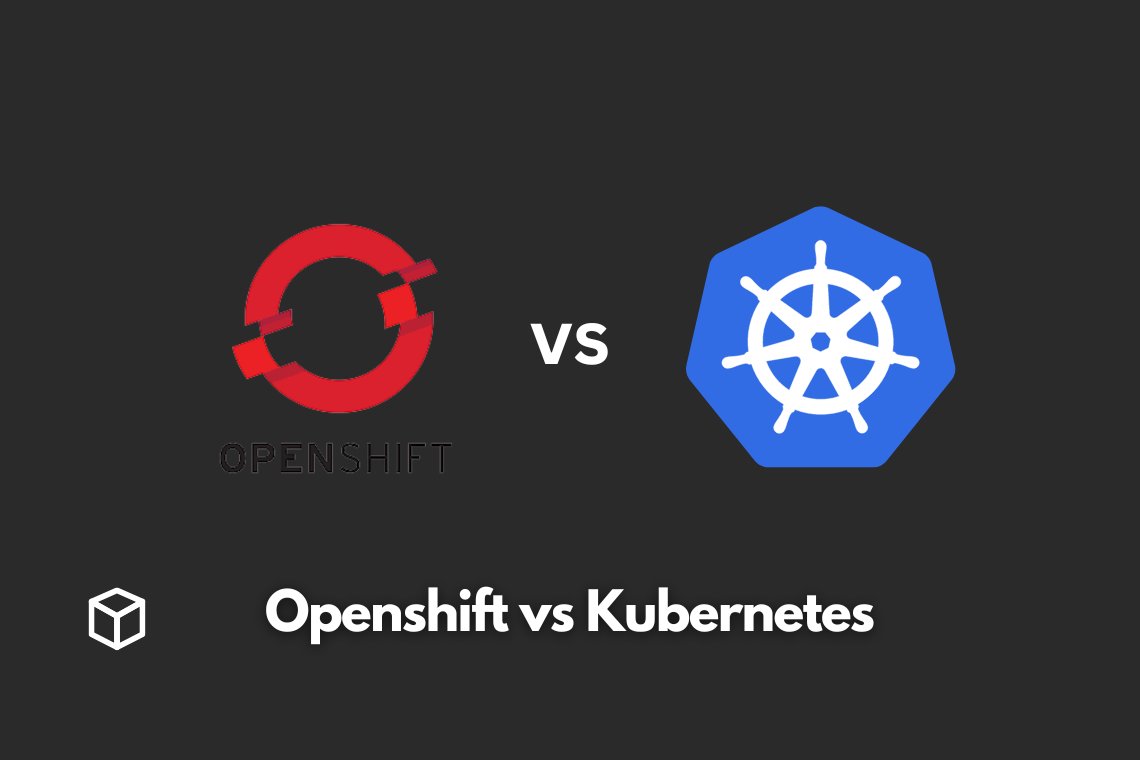Containerization is a technology that has revolutionized the way applications are built and deployed.
Containers are lightweight, portable, and self-sufficient, making them ideal for modern, cloud-native applications.
They allow developers to package their applications and all of their dependencies into a single container, making it easy to move the application between different environments without the need for any additional configuration.
One of the key benefits of containerization is that it enables a more efficient use of resources.
Traditional virtualization technologies, such as VMware or Hyper-V, require a separate operating system for each virtual machine.
With containers, multiple applications can share the same host operating system, reducing the number of resources required to run the applications.
The need for container orchestration arises from the fact that containerized applications can be composed of multiple containers running on multiple hosts.
Container orchestration is the management of these containers, including the deployment, scaling, and maintenance of the application.
Openshift
Openshift is a container orchestration platform developed by Red Hat.
It is built on top of Kubernetes, which is an open-source container orchestration system.
Openshift provides additional features and services that make it easier to deploy, manage, and scale containerized applications.
One of the key features of Openshift is its ability to automate the deployment process.
It can automatically build, deploy, and scale applications based on their requirements.
This makes it easy to move an application from development to production without the need for manual configuration.
Openshift also provides a wide range of services that can be used to build, deploy, and manage applications.
These services include a container registry, a service mesh, and a distributed storage system.
These services can be easily integrated into an application and can be used to improve its performance and scalability.
Openshift is also different from traditional virtualization technologies, as it abstracts the underlying infrastructure and provides a consistent environment for the applications.
This enables applications to be easily moved between different environments, such as on-premises, public cloud, or hybrid cloud.
Some of the companies that are using Openshift in production include:
- Telus
- eBay
- Dell EMC
- GE
- Cisco
Kubernetes
Kubernetes is an open-source container orchestration system developed by Google.
It is designed to automate the deployment, scaling, and management of containerized applications.
Kubernetes provides a simple and powerful API for managing containers and can be used to create and manage complex, distributed systems.
One of the key features of Kubernetes is its ability to automatically scale applications based on their requirements.
It can automatically add or remove resources to ensure that the application is always running at the desired level of performance.
Kubernetes also provides a wide range of services that can be used to build, deploy, and manage applications.
These services include a container registry, a service mesh, and a distributed storage system.
These services can be easily integrated into an application and can be used to improve its performance and scalability.
Kubernetes is also different from traditional virtualization technologies, as it abstracts the underlying infrastructure and provides a consistent environment for the applications.
This enables applications to be easily moved between different environments, such as on-premises, public cloud, or hybrid cloud.
Some of the companies that are using Kubernetes in production include:
- Microsoft
- Cisco
- Uber
- Shopify
Openshift vs Kubernetes
Openshift and Kubernetes are both powerful container orchestration platforms, but they have some key differences.
In terms of architecture, Openshift is built on top of Kubernetes, and provides additional features and services that make it easier to deploy, manage, and scale containerized applications.
On the other hand, Kubernetes is a more bare-bones platform, providing the basic functionality needed to manage and scale containerized applications.
In terms of scalability, both Openshift and Kubernetes can automatically scale applications based on their requirements, however, Openshift’s additional features and services may provide a more seamless scaling experience.
In terms of ease of use, Openshift’s automation features and provided services may make it easier for less experienced users to deploy and manage containerized applications.
Kubernetes, on the other hand, may require more experience and configuration to fully utilize its capabilities.
When it comes to use cases, Openshift is often used by enterprise organizations that need to manage a large number of applications and services.
Kubernetes, on the other hand, is often used by developers and smaller organizations that want a more flexible and customizable container orchestration platform.
In terms of community support and ecosystem, Kubernetes has a larger and more active community, and a wider range of third-party tools and services available.
Openshift also has a strong community and ecosystem, but it may be more limited in comparison to Kubernetes.
Overall, both Openshift and Kubernetes are powerful container orchestration platforms, and the choice between the two will depend on the specific needs and requirements of the organization.
Conclusion
In this post, we have discussed containerization, its benefits, and the need for container orchestration.
We have also provided an overview of Openshift and Kubernetes, including their key features and benefits, and compared the two technologies in terms of architecture, scalability, ease of use, use cases and community support.
It is important to note that the choice between Openshift and Kubernetes will depend on the specific needs and requirements of the organization.
Both platforms have their own strengths and weaknesses, and the final decision should be based on a thorough evaluation of the organization’s needs and resources.
For further learning on the topic, we recommend checking out the official documentation for both Openshift and Kubernetes, and exploring the communities and ecosystems of both platforms.




